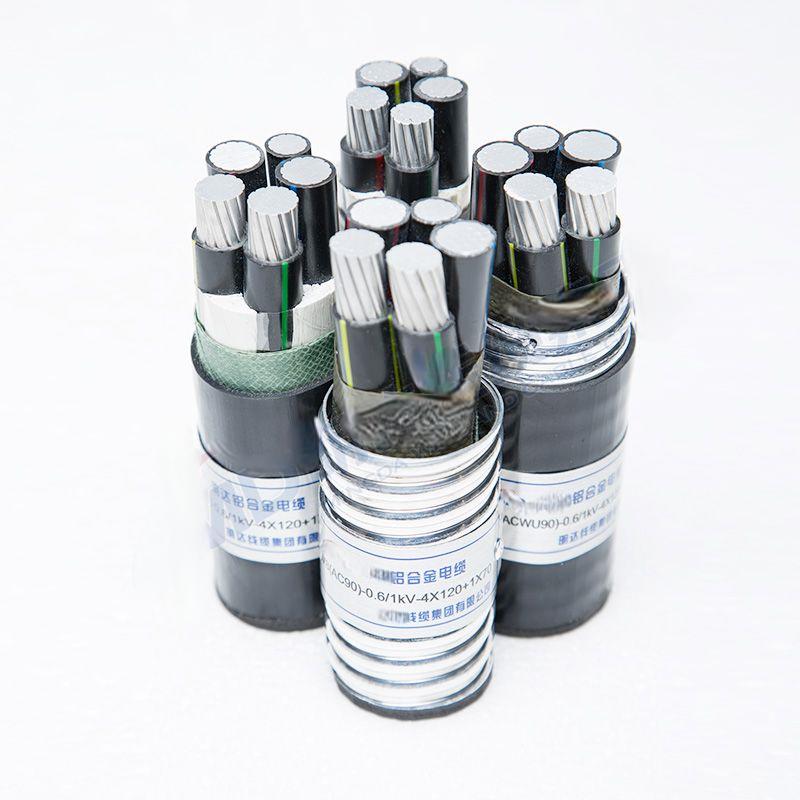Nov . 15, 2024 23:38 Back to list
pipe dismantling joint
Understanding Pipe Dismantling Joints A Crucial Component in Pipeline Infrastructure
A pipe dismantling joint is an essential component in the field of pipeline engineering and infrastructure. While often overlooked, these joints play a vital role in allowing for the maintenance and modification of pipelines without necessitating complete disassembly. Understanding the importance, design, and application of dismantling joints can help engineers and operators ensure the reliability and efficiency of their pipeline systems.
What is a Pipe Dismantling Joint?
At its core, a pipe dismantling joint is a specialized fitting that provides a means to connect two sections of pipe while allowing for the easy removal of one of the pipes without disturbing the entire pipeline system
. These joints are typically designed with adjustable lengths, facilitating the precise alignment of pipes connected to valves, pumps, or other system components.The Importance of Dismantling Joints
In large-scale pipeline systems, such as those used in water supply, sewage treatment, and industrial processes, maintenance is inevitable. Dismantling joints significantly simplify this process by enabling access to valves and other critical components. This is particularly useful in scenarios requiring repairs or replacements, minimizing downtime and operational disruptions.
Moreover, the installation of dismantling joints can enhance the longevity and reliability of the entire pipeline system. By allowing for adjustment during installation or maintenance, they help in accommodating thermal expansion, vibrations, and other factors that could otherwise lead to structural failures.
pipe dismantling joint

Design Features
Dismantling joints come in various designs and materials to suit different applications and operational pressures. Common materials used in the manufacturing of these joints include ductile iron, stainless steel, and PVC, which offer durability and corrosion resistance. Additionally, they are engineered with features like flanged ends for easy connection to other pipes or fittings and rubber sealing gaskets to prevent leaks.
Many models also incorporate a telescoping mechanism, allowing for adjustment of the joint length. This flexibility ensures that even if the aligned pipes shift over time, the dismantling joint can accommodate these changes without necessitating complete reinstallation of the pipeline.
Applications
The applications of pipe dismantling joints are numerous. They are widely used in water distribution systems, wastewater management, and various industrial settings. For instance, in municipal water systems, dismantling joints facilitate the maintenance of valves and other critical infrastructure with minimal disturbance to the water supply.
Conclusion
In conclusion, pipe dismantling joints are a fundamental component of modern pipeline infrastructure. Their ability to simplify maintenance and enhance operational efficiency makes them an invaluable asset in various applications. With ongoing advancements in materials and design, dismantling joints will continue to play a crucial role in the longevity and functionality of pipeline systems worldwide. For engineers and operators, understanding and utilizing these joints effectively can lead to improved system reliability and significant cost savings over time.
Share
-
Reliable Wafer Type Butterfly Valves for Every IndustryNewsJul.25,2025
-
Reliable Flow Control Begins with the Right Ball Check ValveNewsJul.25,2025
-
Precision Flow Control Starts with Quality ValvesNewsJul.25,2025
-
Industrial Flow Control ReliabilityNewsJul.25,2025
-
Engineered for Efficiency Gate Valves That Power Industrial PerformanceNewsJul.25,2025
-
Empowering Infrastructure Through Quality ManufacturingNewsJul.25,2025